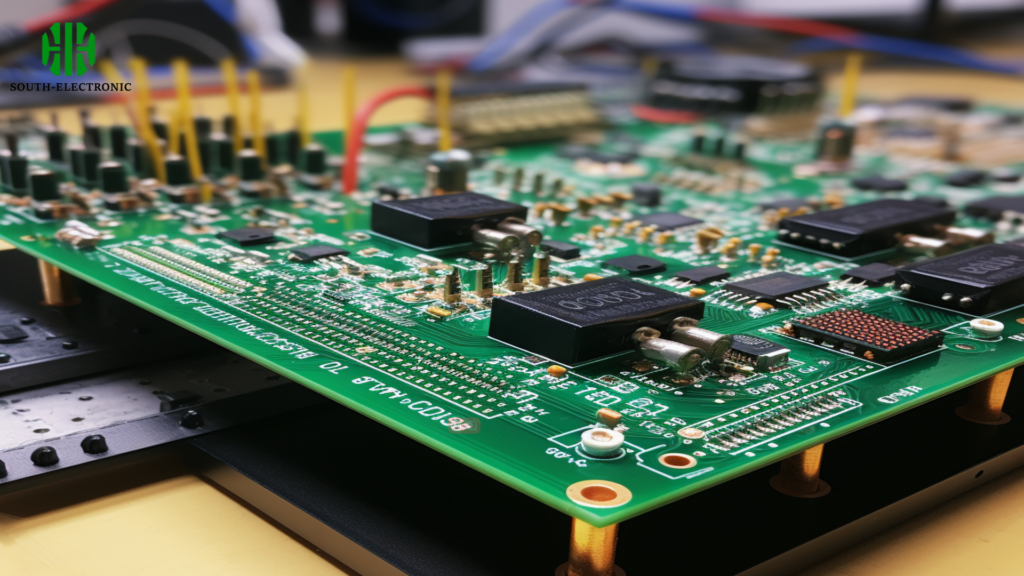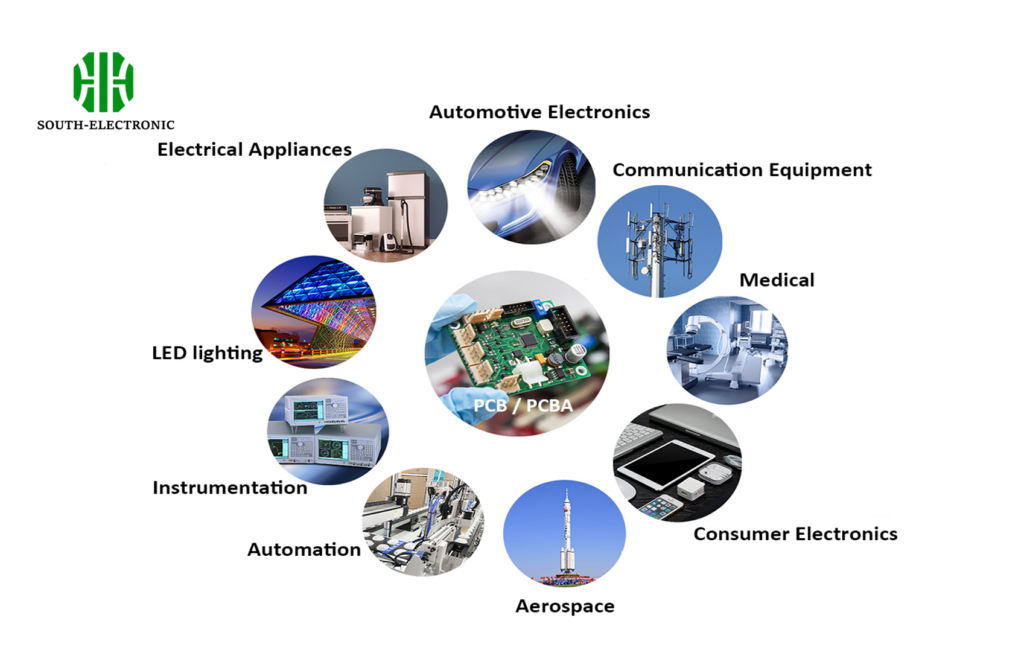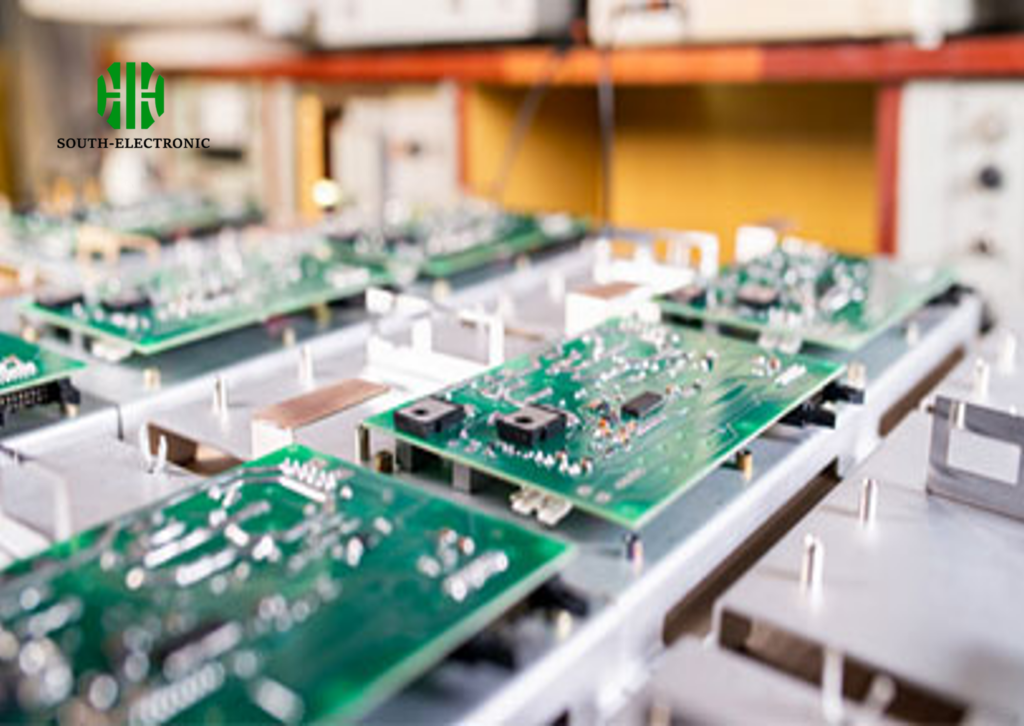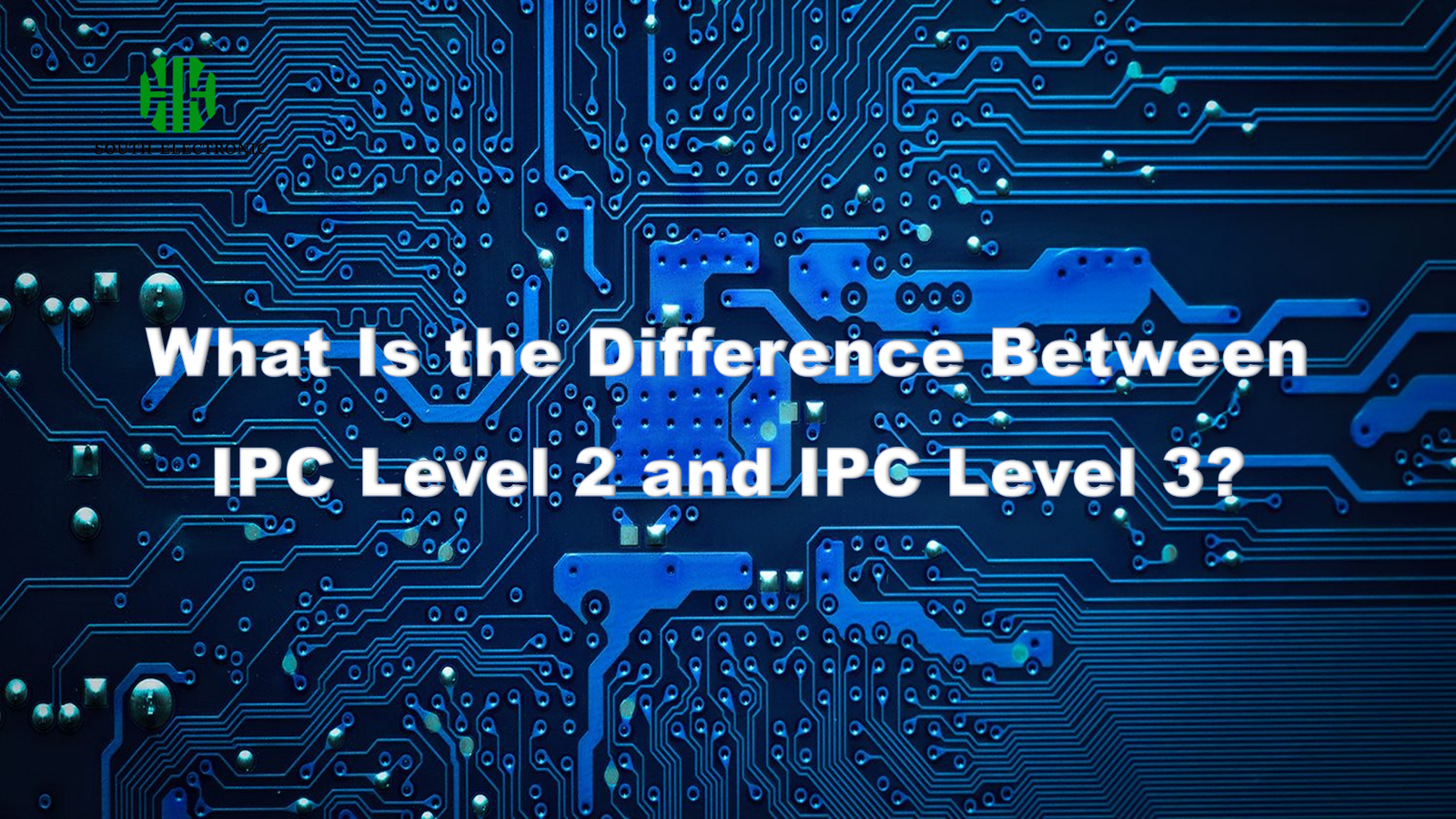Have you ever wondered why some electronics fail within months while others last decades? The answer lies in hidden manufacturing standards[^1] most engineers never see.
IPC Class 2 allows minor defects for everyday electronics, while Class 3 enforces zero-tolerance perfection for aerospace and medical devices. These standards determine product lifespan, safety, and reliability across industries.
Confused about which class your project needs? Let’s break down four critical differences that impact manufacturing choices and product performance.
What Are the Key Manufacturing Criteria Differences Between IPC Class 2 and Class 3?
Imagine building a smartphone versus a pacemaker. One tolerates hiccups; the other demands perfection. This stark contrast defines IPC Class 2 vs Class 3 manufacturing.
Class 2 permits limited imperfections in solder joints and component placement, while Class 3 requires flawless assembly with additional testing stages and strict material qualifications.

Three Critical Manufacturing Divergences
| Criteria | IPC Class 2[^2] | IPC Class 3[^3] |
|---|---|---|
| Solder Void Acceptance | Up to 25% void space allowed | Maximum 5% voids permitted |
| Component Placement | 50% pad coverage acceptable | 75% minimum pad coverage required |
| Thermal Stress Tests | 1-2 test cycles | 5-6 exhaustive test cycles |
For time-sensitive consumer products, Class 2’s efficiency outweighs minor flaws. Medical implant manufacturers choose Class 3’s thorough validation – even a 0.1mm placement error gets rejected. I’ve witnessed Class 3 inspectors using 10X magnifiers to examine every connection point.
What Defects Are Tolerated in IPC Class 2 but Rejected in Class 3?
Picture a car with a small scratch versus a spaceship with micro-fractures. Cosmetic vs critical defects form the core distinction here.
Class 2 allows minor soldering imperfections and cosmetic flaws, while Class 3 rejects any anomaly affecting long-term reliability, even if invisible to the naked eye.
)
Defect Tolerance Breakdown
| Defect Type | Class 2 Allowance | Class 3 Requirement |
|---|---|---|
| Solder Balling | ≤ 5 particles per joint | Zero particles allowed |
| Hole Fill | 75% minimum | 100% required |
| Copper Wicking | Acceptable if functional | Complete prohibition |
A Class 2 power bank might pass with slightly uneven solder, but Class 3 flight controllers get scrapped for the same flaw. In my prototyping days, we once recycled an entire Class 3 batch due to microscopic copper traces.
Which Industries or Products Require IPC Class 3 Compliance?
Would you trust a $5 wristwatch to monitor your heartbeat during surgery? This risk threshold dictates IPC Class 3 applications.
Aviation systems, life-support devices, and military hardware mandate Class 3. Consumer gadgets and non-critical industrial gear typically use Class 2 standards.

Class 3 Domain Breakdown
| Industry | Class 2 Examples | Class 3 Examples |
|---|---|---|
| Healthcare | Fitness trackers | Implanted defibrillators |
| Transportation | Car entertainment systems | Aircraft collision avoidance |
| Energy | Home solar inverters | Nuclear plant controls |
I once consulted for a submarine sonar upgrade where Class 3 testing involved salt spray simulations replicating 20 years of ocean exposure in 48 hours.
Why Does IPC Class 3 Manufacturing Cost More Than Class 2?
Ever wondered why military gear costs 10x consumer equivalents? The price reflects invisible quality layers in Class 3 production.
Extended testing cycles, premium materials[^4], and 100% inspection requirements make Class 3 production 30-50% costlier than Class 2 equivalents.

Cost Drivers Comparison
| Cost Factor | Class 2 Impact | Class 3 Impact |
|---|---|---|
| Testing Equipment | Basic AOI machines | X-ray & 3D solder inspection |
| Material Grades | Standard FR-4 | High-frequency laminates |
| Rejection Rate | 5-10% | 20-30% |
A Class 3 project I managed required gold-plated connectors instead of standard tin – adding $12 per unit just for corrosion resistance.
Conclusion
IPC Class 2 balances cost and reliability for mainstream electronics, while Class 3’s extreme precision ensures survival in mission-critical systems. Choosing wisely prevents costly over-engineering or dangerous under-specification.
[^1]: Manufacturing standards dictate product quality and safety. Delve into this topic to enhance your knowledge and ensure compliance.
[^2]: Understanding IPC Class 2 is crucial for ensuring your electronics meet necessary standards for everyday use. Explore this link to learn more.
[^3]: IPC Class 3 is vital for high-stakes industries like aerospace and medical. Discover its significance and standards by checking this resource.
[^4]: Discover how premium materials enhance product quality and longevity, especially in high-stakes environments.



